Time Travel
Sailing to Barre de Navidad
Our cruising journey has extend over one year and nine months from October 2, 2021, the date we left San Francisco, sailing under the Golden Gate Bridge and “turning left.” In that time, our journey has extended through several phases, each distinct, not only for the climate and geography, but also for our experience and excitement, and the various attractions each place has to offer.

From sailing south from San Francisco to San Diego, to doing the Baja Ha Ha, to sailing north into the Sea of Cortez as new cruisers, to returning again after our four and half month hiatus to visit friends and family, then cruising Baja again before making our final jump from Baja to Mazatlán, where we turned south to cruise along the Gold Coast of Mexico, each phase has held its own charm and interest.
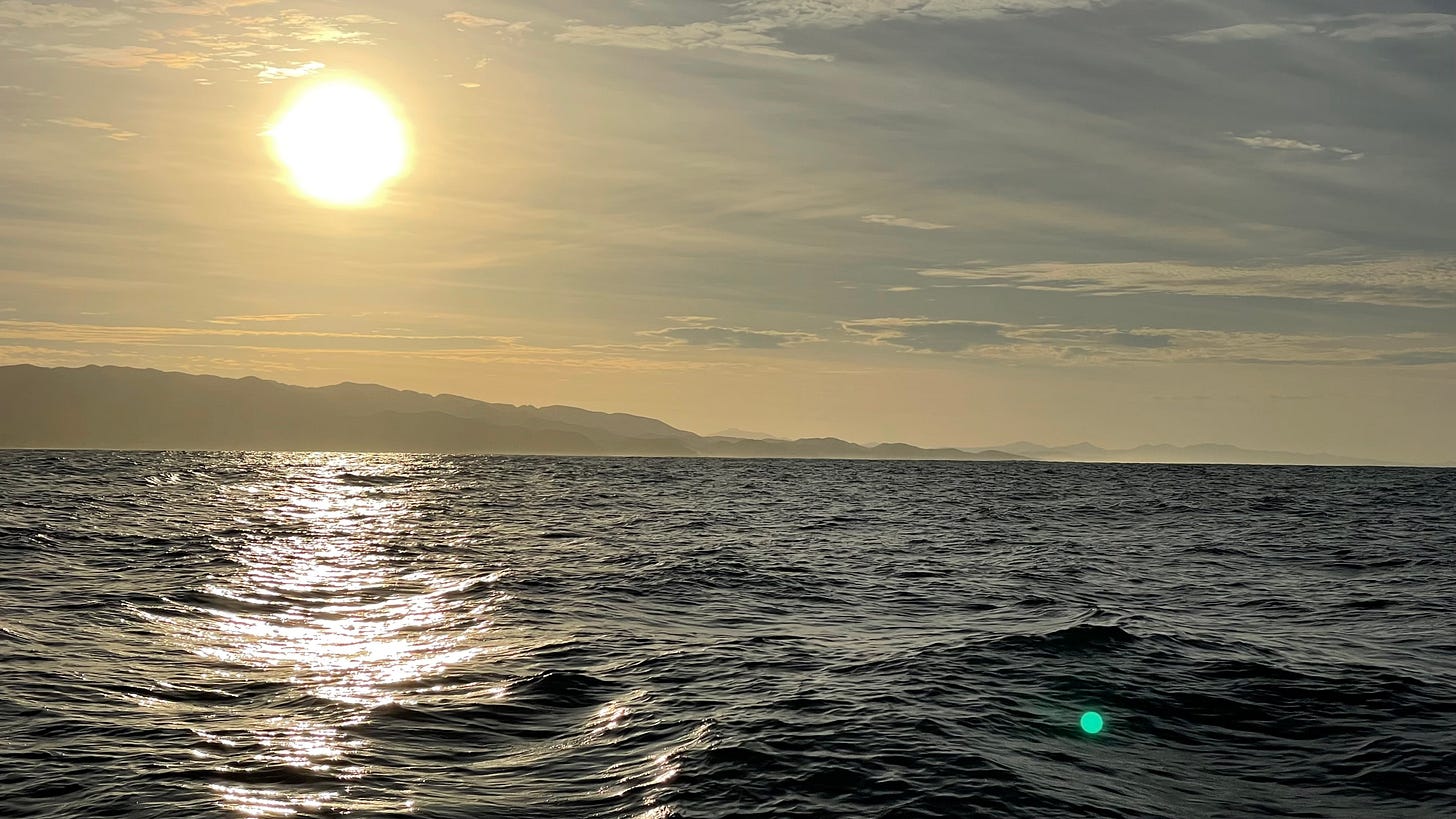
Banderas Bay and the Gold Coast was really the first part of our voyage that started to offer more of a “resort” feel. Many of the marinas have associated resorts, some complete with massive multi-part swimming pools, poolside drink and food service, and resort restaurants in the hotel. Barre de Navidad, where we arrive at the end of this issue is the ne plus ultra of this breed of marina.

Coming out of the Sea of Cortez, all our anchorages were deserted, remote, desert islands. By far and away, the few people we met were either on the occasional cruising boat, working at a marina, or in one of the towns we stopped at occasionally. Our pattern was moving from more urban places out into the wilderness, then back to restock our supplies for the next trip into the wilderness.
By contrast, moving down the coast of the Mexican mainland, we tended to jump from city to city, with occasional stops at the many (and much more tourist-oriented) beach towns. Usually, these beaches would have a row of palapa restaurants lining the back of the beach, with tables and chairs lining the broad sand. Local Mexican beer is cheap and usually cold, and we’ve often felt more secure in drinking bottled beer than other options. Although, sometimes we just couldn’t resist a cold glass of limonata mineral, lime juice and sugar with mineral water, poured over ice. We’d always order poco dulce to avoid getting an overly sugary mixture, and felt secure with the ice, since every town has a purificadora and the restaurants almost always seem to serve purchased ice.


The sailing has been both easier and harder as we’ve sailed down the coast. Harder, because as we left the relative protection of the Baja peninsula, we’ve been sailing in the open Pacific Ocean, with potentially larger swell. Easier, because we left behind the weather patterns of the Sea of Cortez, with its regular rhythm of strong, northerly winds and the short, sharp seas created by those winds. This area of the coast is subject to much more “light and variable” winds as the forecasts like to say, which essentially means that sailing will be very slow, if possible at all. Even if the wind is strong enough for us to sail (and Salacia is great light air sailer), the sea state would often roll the boat too much to allow the sails to set and draw in the light winds, since the motion of the boat would back-wind the sails, causing them to collapse and then re-inflate with a bang as the sheets came taut with each roll. We would often give up and motor, both to preserve our equipment from the beating, and to shorten our trip times to avoid long overnights creeping in the light wind.

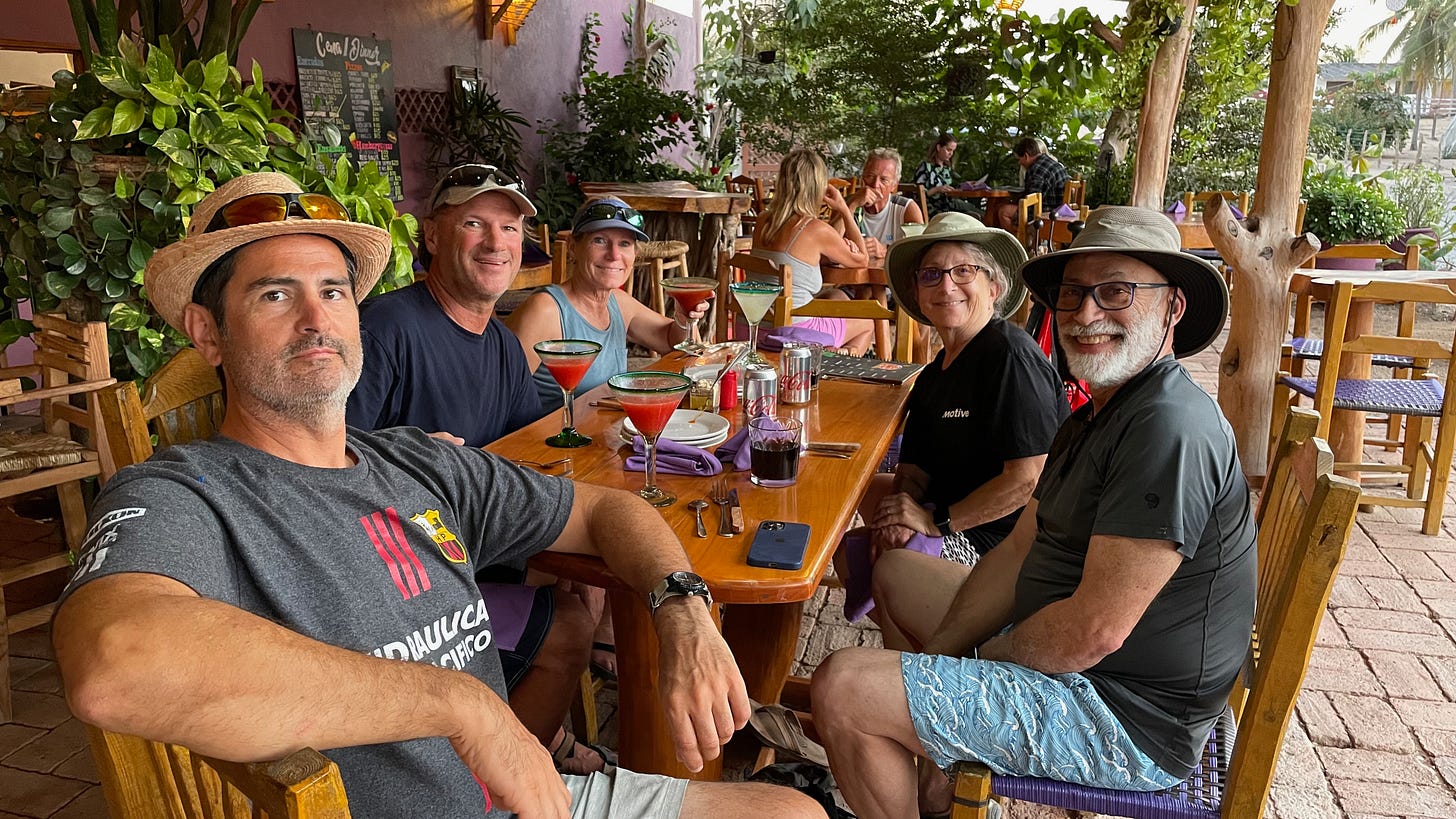
Our stops have tended to be either very short or very long. We stayed in La Cruz and in Barre de Navidad for what felt like months, but many of the small beach towns we would only visit for a night, or at most a small handful of nights. The smaller anchorages were often open to the ocean, allowing the Pacific swell to roll in, potentially rocking the boat savagely. We would choose our weather windows carefully to avoid the worst, and deploy our flop-stopper and/or a stern anchor to mitigate what we couldn’t avoid.


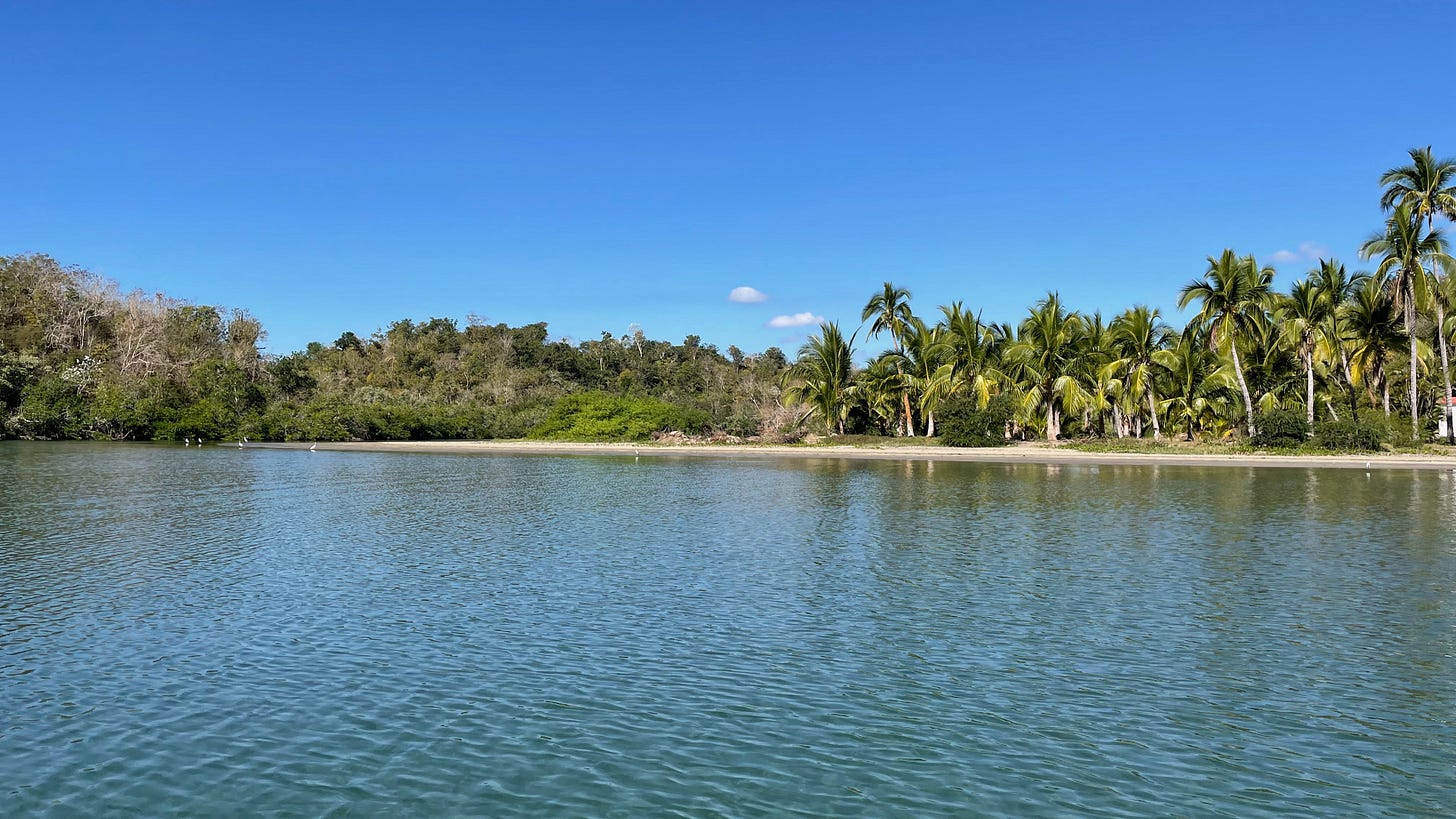
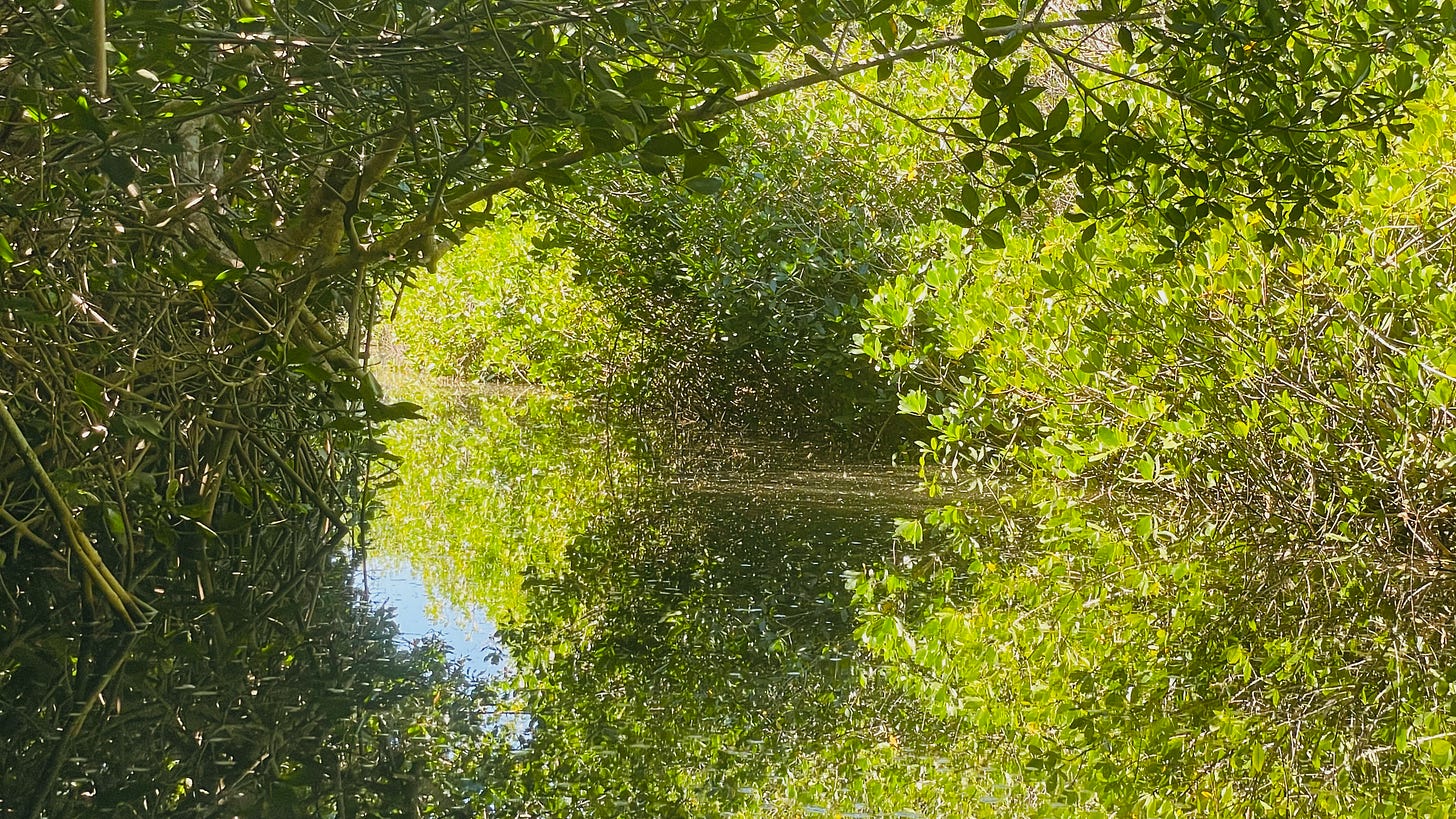
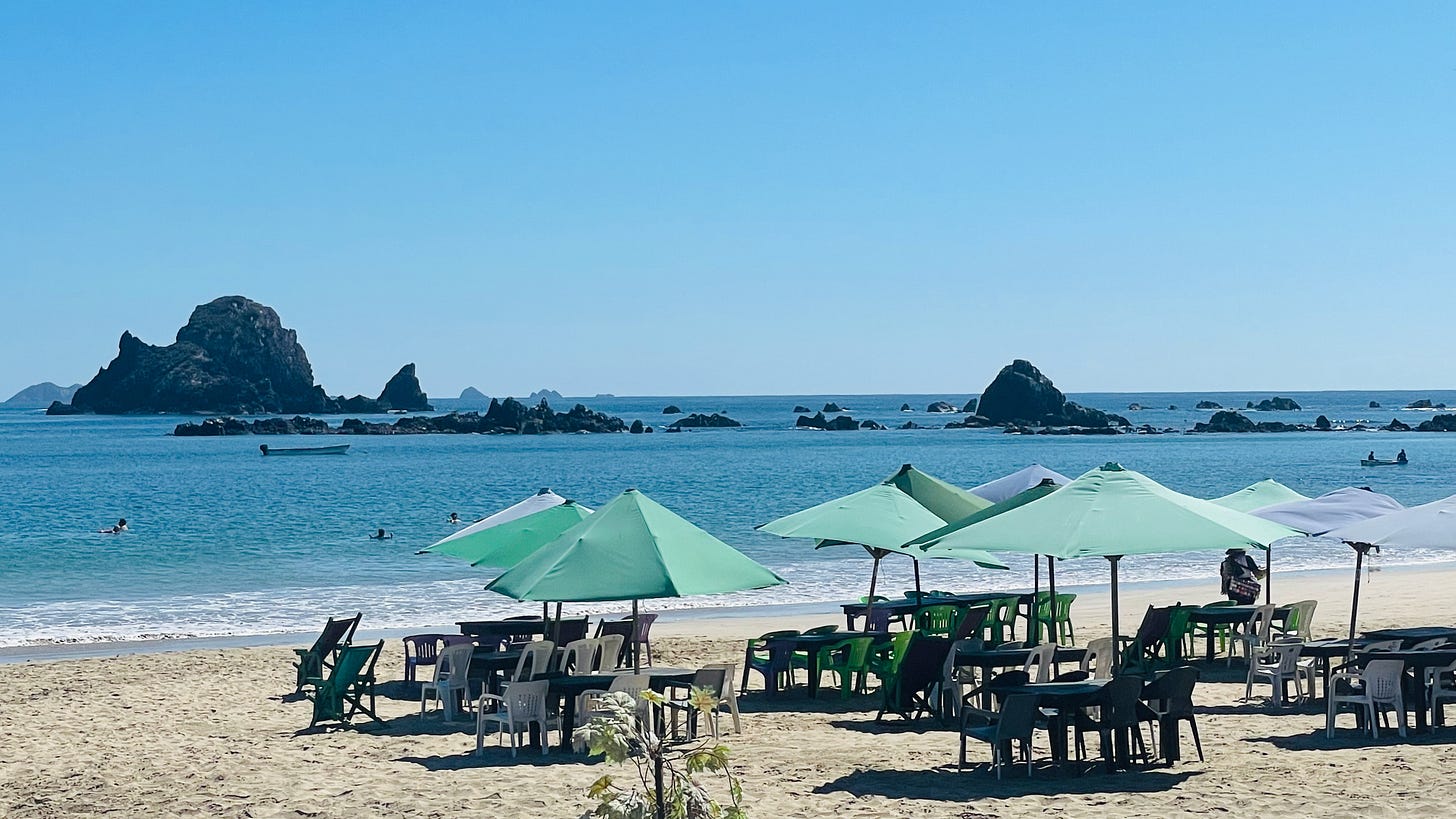
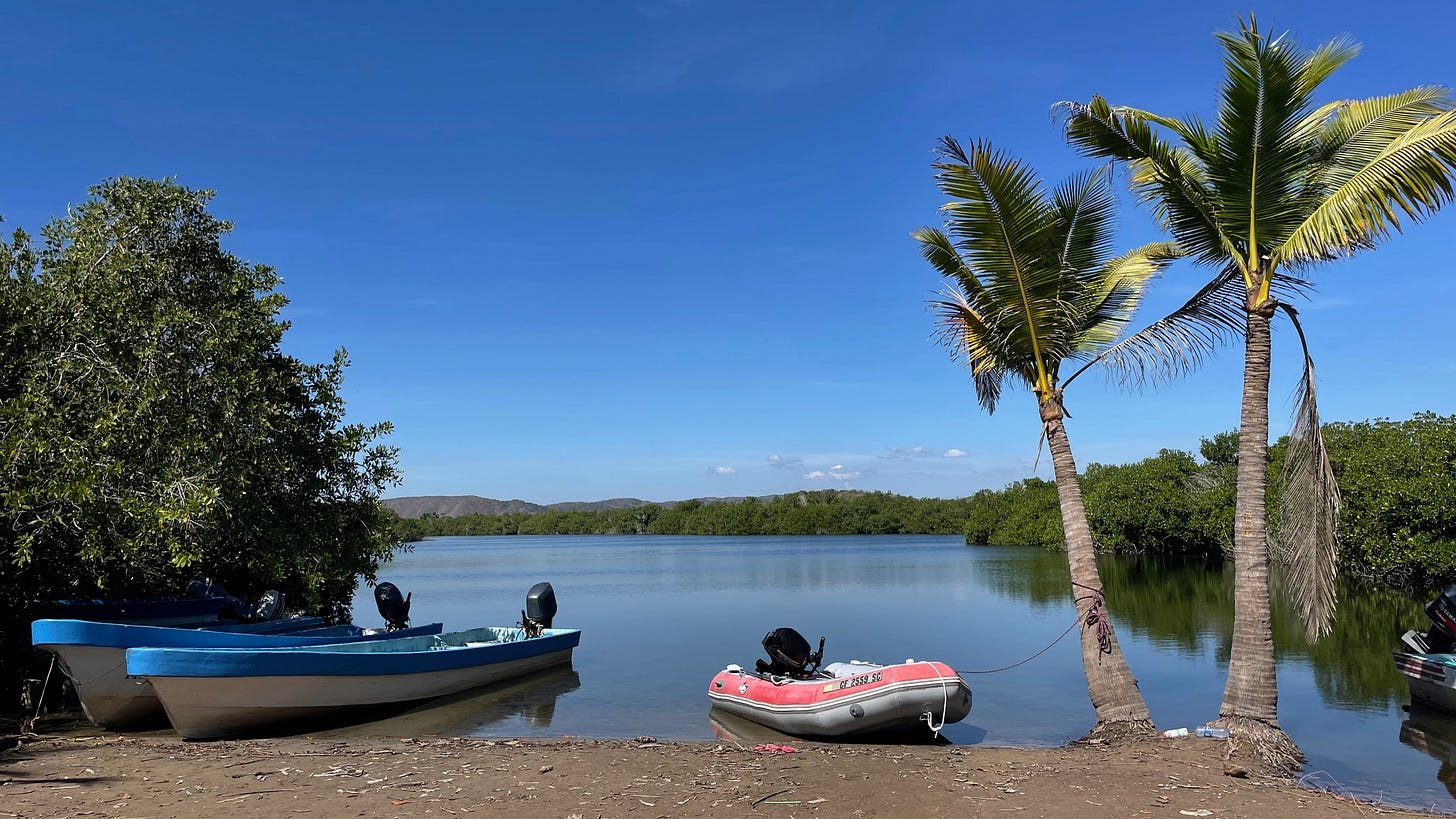
Coming down with Covid in Tenacatita cut short our stay there, in the “cruiser’s paradise” of the Mexican Gold Coast. Tenacatita is one of the few very protected anchorages along the coast, and when we arrived, there must have been fifty or more boats floating at anchor. The cruiser scene is reminiscent of adult day camp — afternoon Bocce ball on the beach, organized trips to the local distillery. We left because our guests needed to get off the boat immediately once I came down with Covid, but we didn’t make the effort to go back once we were ready to leave Barre. We were looking forward to what the coast held in store for us.
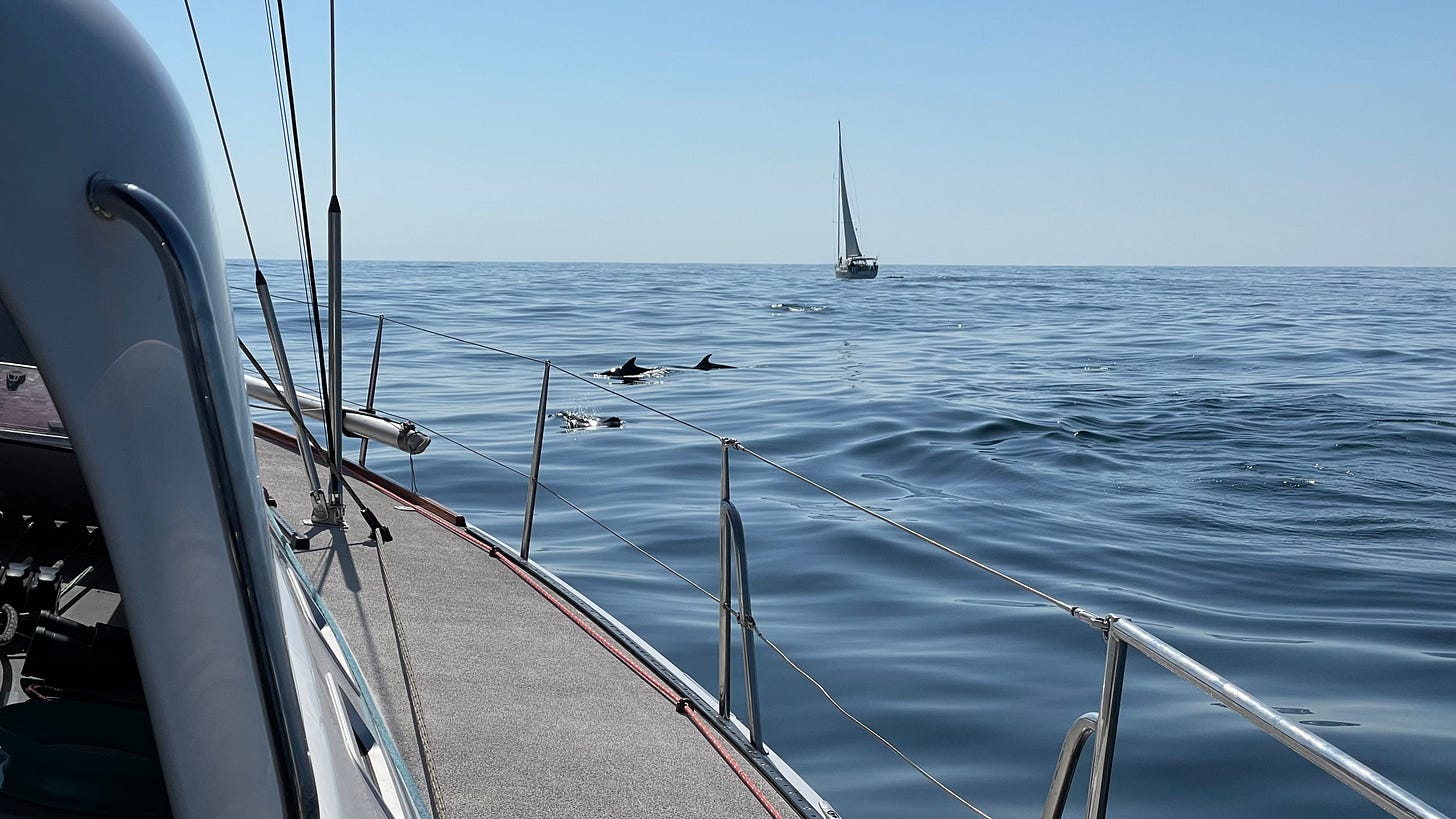
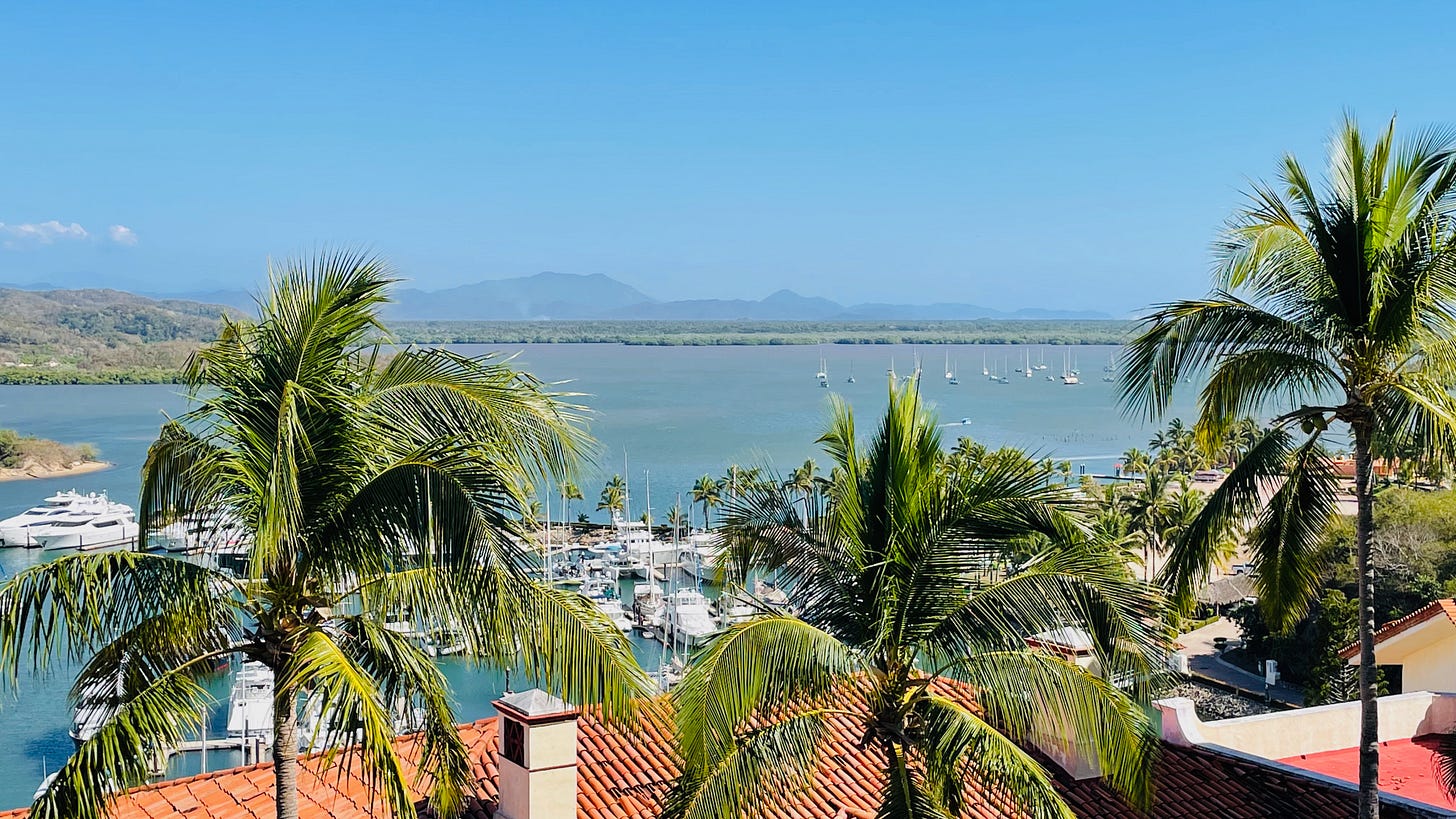

Barre was an excellent place to lick our wounds and recuperate, both from my bout with covid, and from the string of less than restful anchorages, and the constant tourist vibe of the various Gold Coast beach towns. The resort is gorgeous, the pool excellent – actually, all three of them are excellent – and there is a twenty-four hour water taxi service to make the jump over to the town to try out the various restaurants in town. The marina at Barre also provided a safe place to leave the boat, with a nearby airport, while we traveled back to the US twice: Donna once to visit her declining mother, and both of us to renew our passports, which were expiring over the summer.
On our return, everything was about to change.







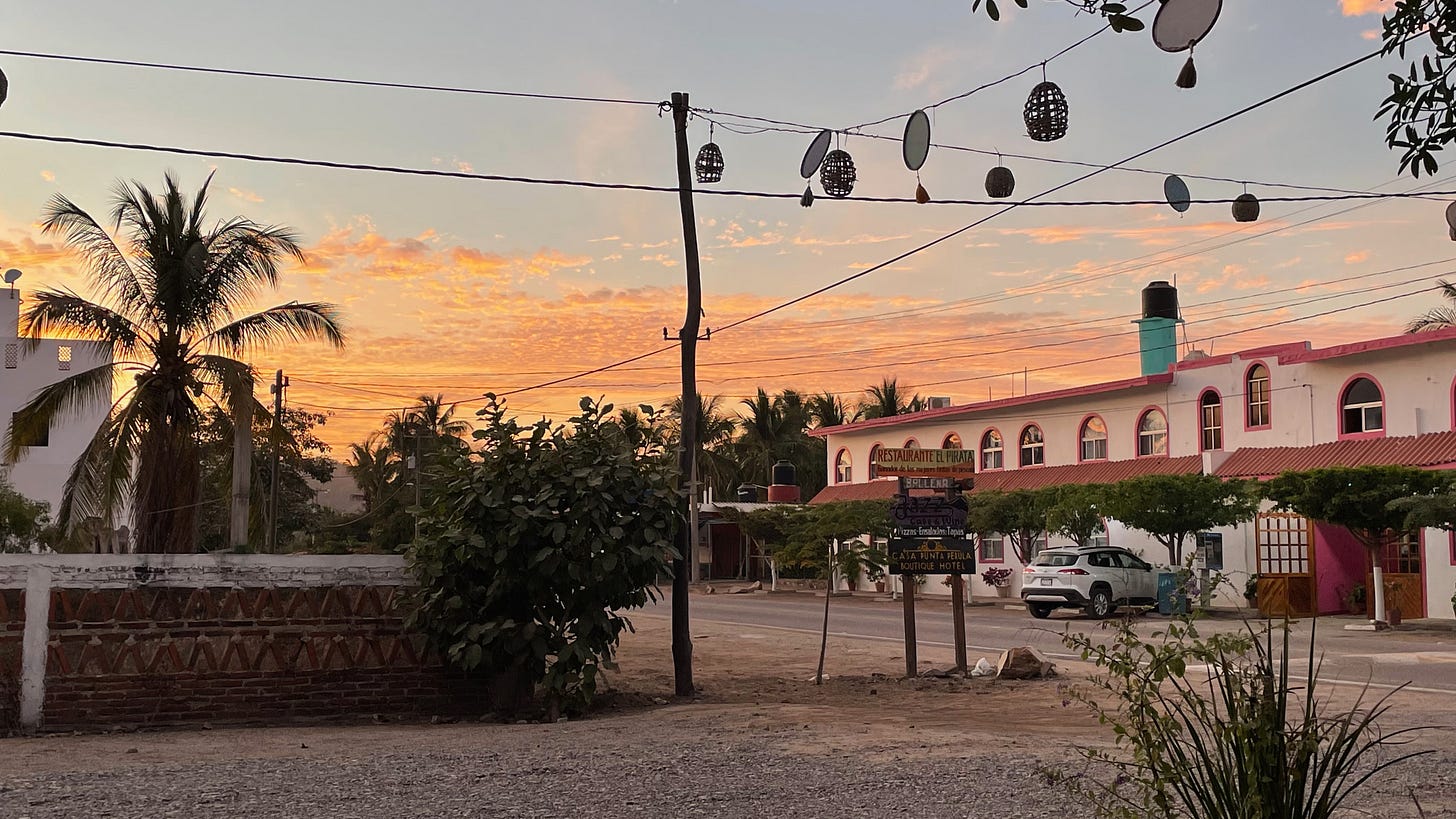

Awwww, thanks for sharing again! Such beauty…. Such an incredible journey, and happy to hear you are all healthy and safe!
Love the spinnaker! :)
she is hanging in there, one day at a time. They finally put her on Ativan a sedative that makes it difficult to walk with a walker. Karen and Jack are going up there this week. Bon Voyage!